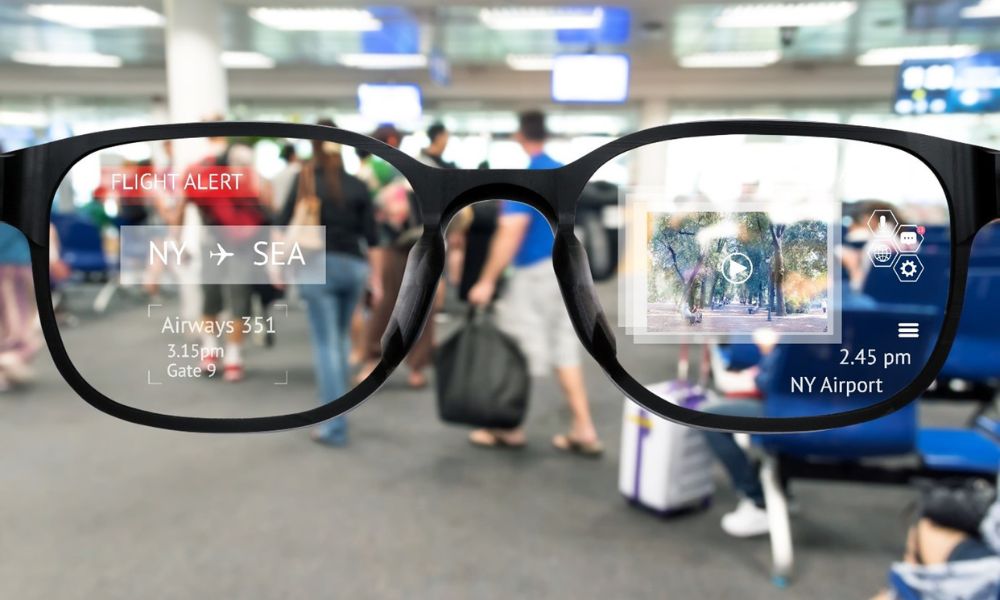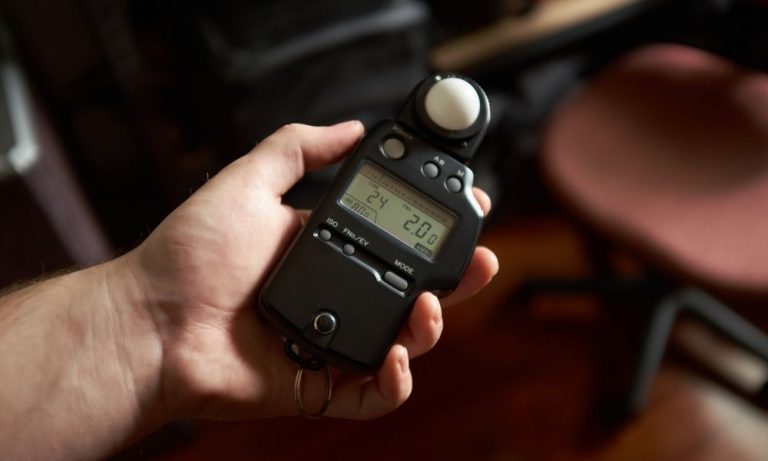Virtual and augmented reality displays continue to evolve. As a result, the virtual experiences they create for users are becoming increasingly immersive, realistic, and detailed. But none of this would be possible without the help of virtual reality near-eye display testing.
But what exactly is virtual reality display testing, and what role does it play in a user’s ability to enjoy VR and AR technology?
What Is Virtual and Augmented Reality Display Testing?
We must first define what virtual reality display testing is before delving into its importance. In essence, virtual reality display testing is a method of product testing that ensures that immersive displays, like those used in AR and VR technology, meet the highest standards of quality and safety.
Testers use unique systems to characterize and inspect near-eye displays for defects in the display (like imperfect picture clarity) and factors that may cause safety issues (like motion sickness). This testing also characterizes crucial characteristics of a display, such as luminance and color uniformity, which are critical when working with displays that combine images eye to eye.
With VR and AR becoming more advanced every day, the testing acumen for this type of technology continues to advance and become sharper. In turn, this allows for distributors of these technologies to improve their products and user experiences.
Why Is It So Important?
Now that we have a better understanding, we can discuss the importance of virtual reality display testing. To start, virtual and augmented reality display testing helps manufacturers test for quality and safety purposes. Through these tests, they can determine whether these near-eye displays are built safely for the human eye. Additionally, they characterize the finer details of these displays to ensure that users get the best experiences from their AR and VR headsets.
Suppose you buy your first-ever headset. It’s not cheap, but it’s worth the money to experience games and incredible destinations, natural and imagined. But when you try it out for the first time, significant display inconsistencies take you out of the immersive experience. Not only that, but the discrepancies are so noticeable that they cause a headache and severe motion sickness.
This scenario is one that virtual and augmented reality display testing aims to avoid. With the proper testing equipment and characterization procedures, they can ensure quality and safe VR and AR headsets for end-users.
The Final Takeaway
In short, the importance of virtual reality display testing comes down to the fact that it makes this revolutionary technology safe to use. Moreover, it ensures that VR and AR technology end users get the absolute best experiences. It’s crucial to have the best systems to help you test these incredible displays.
If you’re looking for top-quality near-eye display testing equipment and systems, Gamma Scientific provides high-resolution testing that empowers device makers to emulate the human eye for optimal user experience.





